Taktsang Monastery or Tiger’s Nest Monastery was perhaps the best part of our visit to Bhutan. It is Bhutan’s most iconic landmark and religious site. Before visiting Bhutan, we did not know that the monastery was so perilously perched on a mountain cliff. The only word that came to my mind when visited the monastery was dangerously beautiful! The monastery looks as if it has grown out of the mountain itself.
Taktsang Monastery is believed to be the holiest place in Bhutan. It is located about 10 Km from the town of Paro at a height of about 3120 metres (10,240 ft). The rocky slopes are very steep and the monastery is built vertically on the rocks. But the way to the monastery is not very tough. The path goes through the pine forest and then an uphill climb to the monastery. Usually it takes about 3 hours of trekking to reach the monastery. Alternatively, horses are also available upto a certain point for those who do not prefer to walk.
We started our trek to the monastery quite early in the morning. The first part of the route took us through the pine forests. We gained altitude as soon we were out of the forest following the trail.
As some turns, we got a spectacular view of Paro town; and that of the Taktsang Monastery which looked so far away! After a trek of about 1 hour, we came to the first stop – small café in the midst of nowhere. From here we get the first full view of the monastery – and a really majestic view of the monastery!
After a rest of few minutes, we start again following the trail to the monastery. Next, we reach the second stop. From here, horses are not allowed further. The rest of the journey is to be made on foot only. As we move up, we saw prayer flags flying around. There were many shrines all along the way.
The final stretch to the monastery comprises of around 850 steps going down fist and then climbing up to the monastery entrance. Phew! There was a lot of climbing to be done.
As we climb up, the silence of the place was broken by the sound of gurgling water and just before the monastery entrance; there is a waterfall to the left followed by a small bridge. A climb of a few more steps and we finally reached the monastery entrance.
Inside the monastery, we are not allowed to take any photographs. We had to keep our belongings at the ticket counter itself.
The monastery building is comprised of 4 main temples and there are 8 caves. It is believed that Guru Padmasambhava meditated in one of these caves for 3 years, 3 months, 3 days and 3 hours. The cave where Padmasmabhava first entered, riding the Tigress, is known as ‘Tholu Phuk’ and the original cave where he meditated is known as the ‘Pel Phuk’. The caves are lighted by butter lamps and there are pictures of Lord Buddha in his different Avatars. All the buildings of the monastery are interconnected with rocky stairs and stairways. The temple has the most ornately designed thangkas depicting the legends of Buddhism.
We sat down at the main temple and realised the complete silence around us. Silence has its own beauty. A monk was meditating in the hall and the whole place had an ethereal feeling in the flickering light of the butter lamp. Once you are in this place, you are bound to revere it. This is one of the most surreal experiences I had. My visit to Auroville, Pondicherry comes a close second.
We came out of the monastery building and sat down for a while at the outside garden. The vastness of the surroundings humbled us. We sat down and felt the beauty of silence. A few birds were chirping around. Nature and spirituality were at perfect harmony with each other. The whole place seems to silently say that you can find your inner self at the lap of nature.
The visit to Takshang Monastery was worth all the effort. If you are travelling to Bhutan, you must keep a day reserved for visiting this architectural wonder.
Trivia:
Taktshang means the Tiger’s lair. It is believed that in 8th century Guru Padmasambhava (Guru Rinpoche), an Indian saint flew down from Tibet to the on the back of a flying tigress and landed at a cliff. He meditated at this place for 3 years, 3 months, 3 days and 3 hours. The monastery was built at this place. So the monastery is also called the Tiger’s Nest. Guru Padmasambhava died in Nepal, but his body miraculously returned to Paro Taktsang and is reportedly sealed in a chorten at the top of the entrance stairway.
Some Facts:
How to reach: The monastery is about 10 km from the town of Paro.
Nearest Airport: Paro has the only airport in Bhutan.
By road: Paro is well connected with other cities of Bhutan
Distance: The total trekking distance is about 4 Km one way.











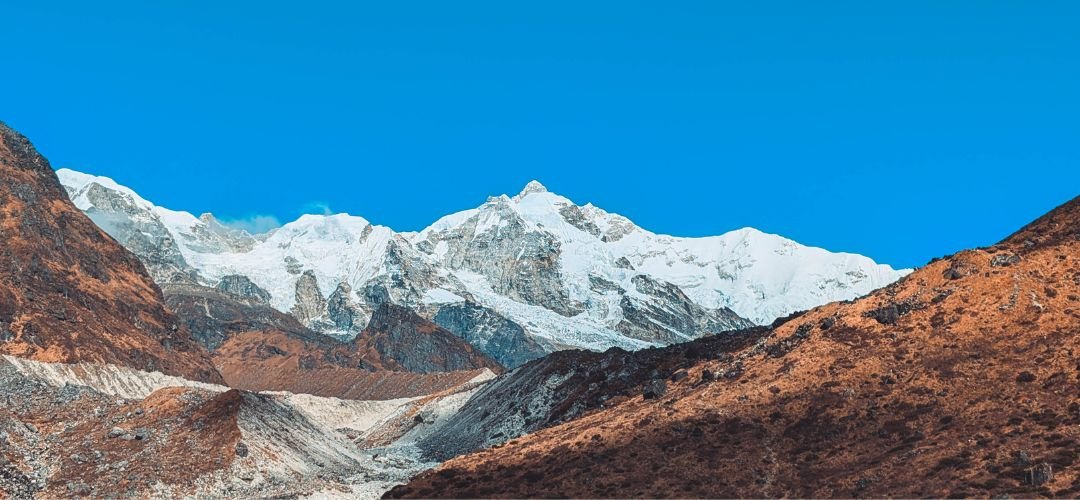
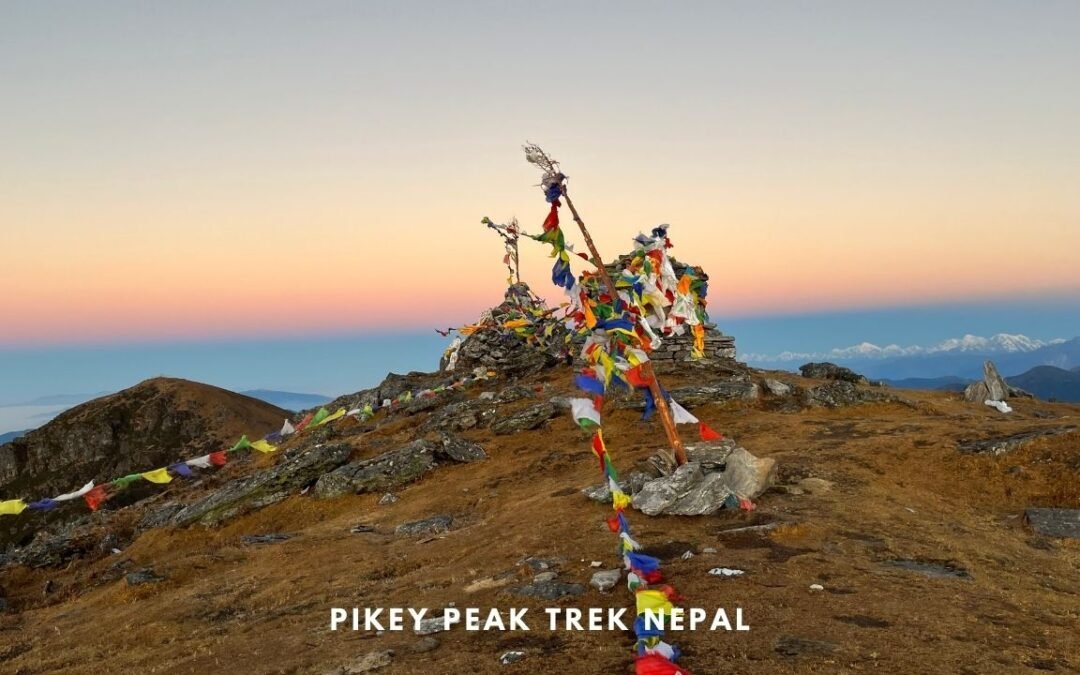
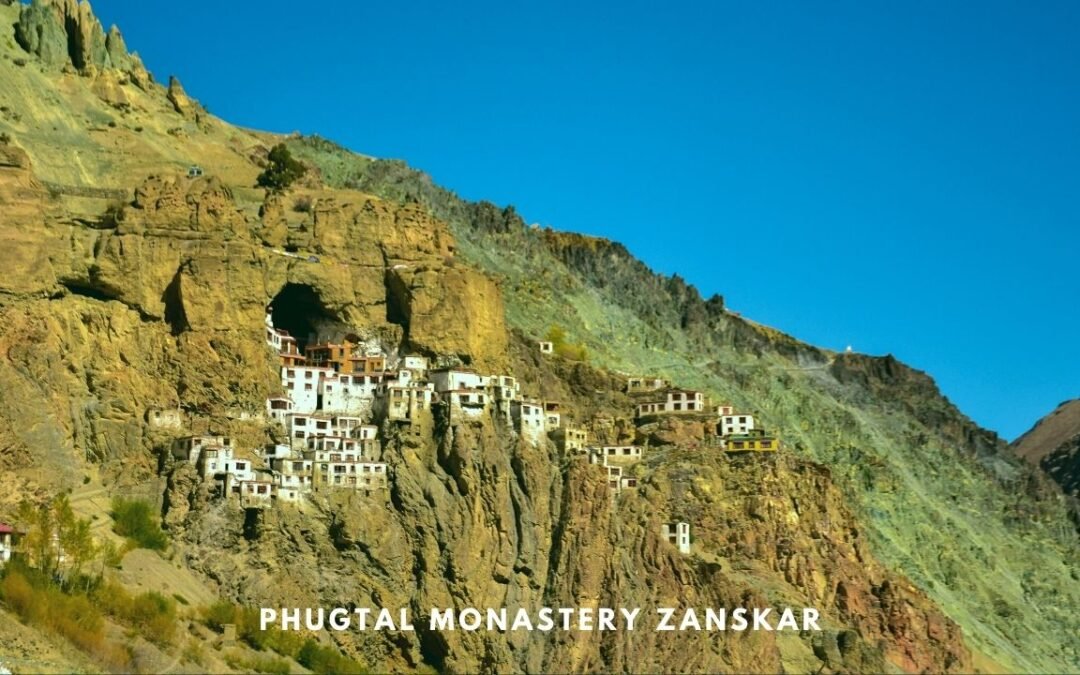
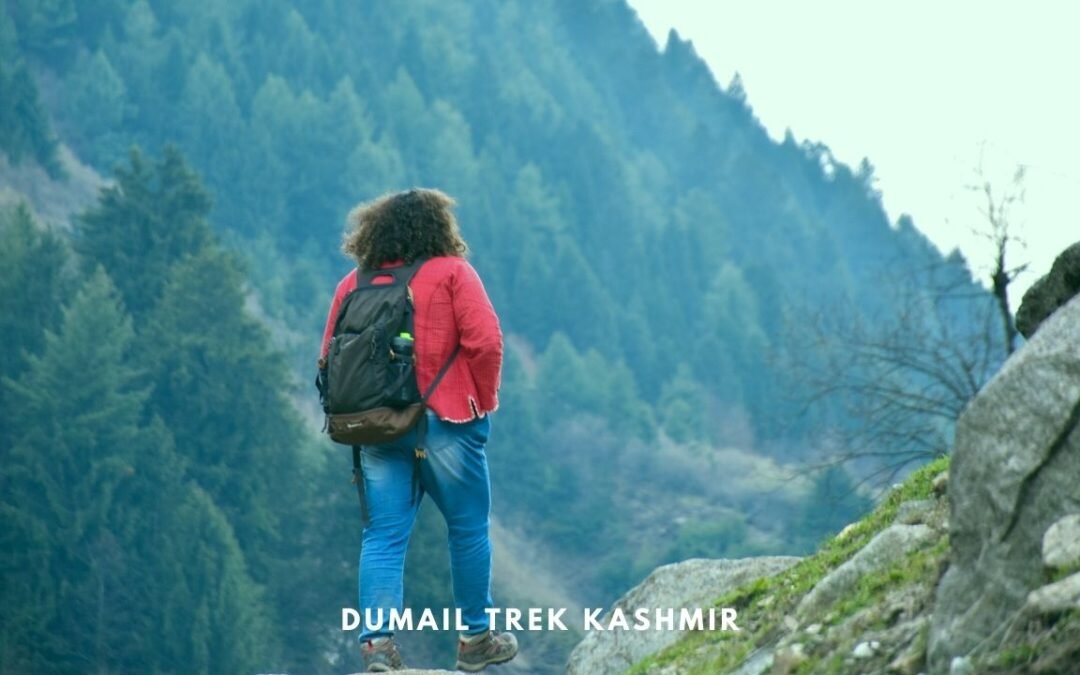
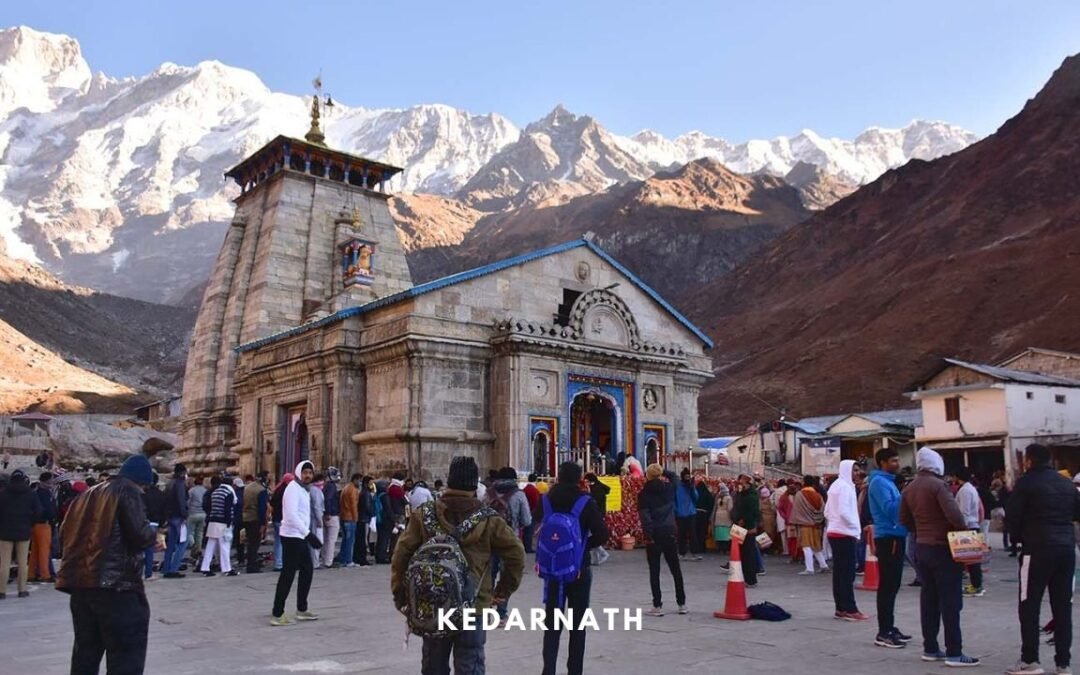
I like the tilt-shift effect you’ve used on the photos of the monastery. That’s such an organic building in the way that it blends into the cliff side. It feels like what Frank Lloyd Wright would have built if he had been commissioned to design a monastery!
What an amazing journey! I’d love to visit this place, and now I have some really great details for planning my trip. Thank you so much!
I have seen many photos of the Taktsang Monastery but had never read any articles before. I love your description “dangerously beautiful” I think you have captured it very well. It would definitely be worth the long trek up – it is incredible how it is balanced perfectly on the steep slope of rocks. Your photos are stunning.
Thank you Jane. Taktsang Monastery was truly an incredible place.
Hi,
Nice Blog on Taksang Hike with awesome pictures.
Cheers
Tshewang Penjor
Thank you!
Loved this article and got lots info.